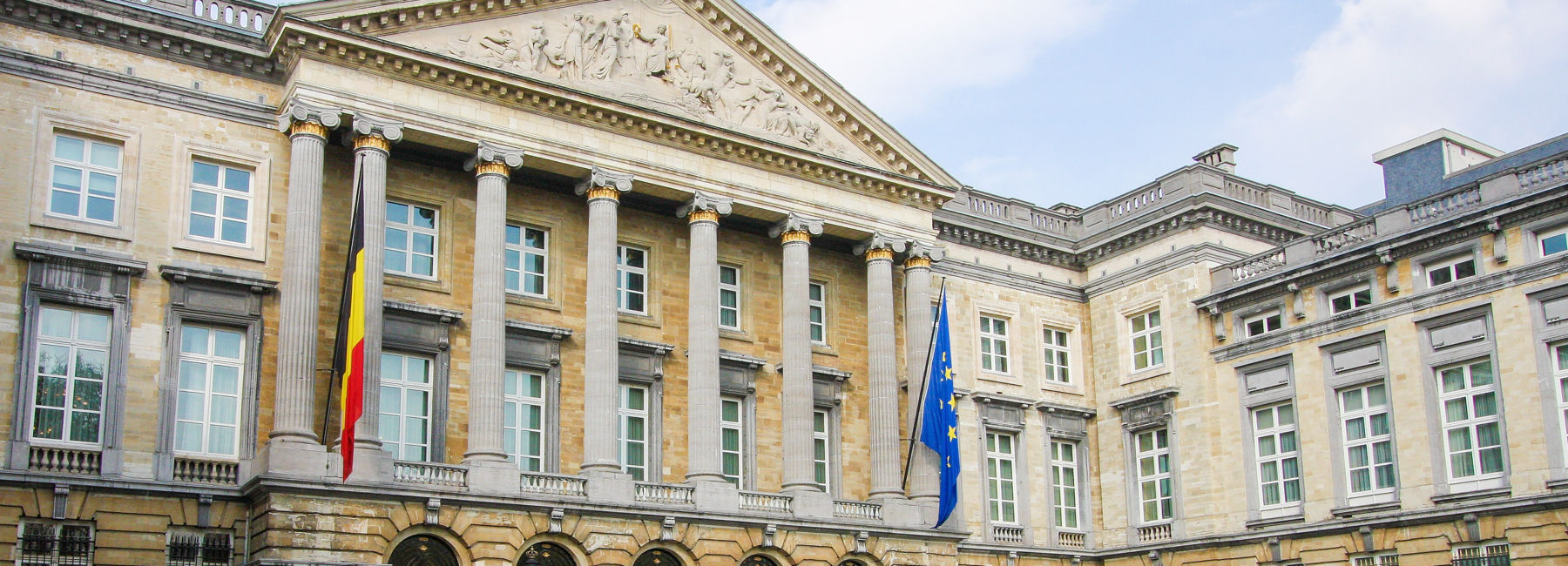It’s the time of year to look forward to what technologies CIOs in government should focus on for optimising citizen services in 2023. I rest assured most of you were inspired by the return of in-person conferences and have resolutions to put composable apps, architectures and platforms everywhere.
This year, I took inspiration from an experience I had when I was involved with helping a local city draft a digital transformation plan in 2022. I arrived an hour early for the first meeting and, while waiting in the reception area, witnessed how people receive everyday citizen services. I observed the processes for getting passports renewed, asking about home care for relatives, reporting lost licenses, etc.
It occurred to me that government CIOs should focus on digitising, automating and improving known processes. Why, for example, should I bother thinking about renewing my driver’s license? If the system knows when it is due for renewal, why doesn't it invite me to walk through a quick digital process to accomplish the task?
Or say you want to renew your fishing permit. Why do you have to fill in a form on a website, print it and mail it over to a generic postal address? That isn’t automation, it’s creating more work in different places. Wouldn’t it be easier to use notifications and a mobile approach that removes paper entirely?
Advancing the citizen agenda
Should CIOs’ focus extend to helping citizens with the hard-to-navigate corners of government?
Pretend for a minute I need home assistance for my elderly parents. Where do I start investigating what help is available from the government? Do I need to go to the City Hall, a regional or a federal office to talk about my situation? Why do I need to fill in so many forms, starting with my address and name of my parents, when the government already has this data? Why do I have to collect and present so much information from doctors, experts and financial advisors, then go to interviews or even get court orders before my parents get medical home care? This should be handled on a single case basis, where one request with the required data is shared and enriched along the way.
That isn’t technical first — it’s citizen first.
Another example: Consider that a citizen of one EU country wants to move to another EU country and start a new business there. As a great start, the EU Single Digital Gateway will soon give you all the information you need to engage and register your business. But how do you register this in all your current country's systems and government levels, and still get access to healthcare or get your personal data accessible to the local doctors?
You get the point. Technology can and should be applied to give citizens a streamlined and consistent experience, end to end, regardless of which government administration is responsible. Doing that requires designing the desired experiences in ways that allow consistent, convenient and flexible delivery — for the citizen and the developer.
Improving government services
Are you ready to get there? Here are some tips:
- Select tools and technology that create “good experiences,” using prototyping tools to quickly deliver proof of concept that can scale out to MVPs and final products in an iterative or agile approach.
- Start with functional reusable building blocks: microservices, composable apps or APIs, to increase functionality. Identify the 10 “most wanted” functions and make these available in a catalogue to all agencies.
- Put data in action by leveraging standard data models and interoperability across agencies or industries. In Europe, the EU data services strategy has set the direction. It is time for every agency to start using these standards. Give citizens control of their data. Some governments are already deploying personal data vaults.
- Put AI in action for handling citizen requests. Go beyond basic automation with RPA. Automate the simple renewal of licenses or permits, grants and subsidies. Make it proactive by suggesting updates to citizens, such as when their passport is due for renewal. Also make it transparent to citizens about why and how the algorithm came to a decision.
- Put cloud in action, by starting to use new technologies “as a service” straight from the cloud. Start with the ones the organisation wants, like CRM (Citizen Relationship Management). Low code is on the rise in governments to avoid long wait times at IT departments. As a government CIO, embrace low code, but set the standard: low code cannot be an excuse to bypass all IT standards.
- Put firmer security controls in place by working together with business to create an allowable risk plan. Controls should be set and managed from the business perspective, then converted into technology options. Do not forget to secure your cloud environment beyond the standard features and align it with your (often) hybrid landscape.
The citizen is the government's priority
Be a partner to your organisation’s leaders, not a technology supplier. Help them design new citizen experiences, make sure all their data is integrated and interoperable, that there is one integrated catalogue for all technical and functional building blocks.
Focus on the impact your technology decisions have on citizens. Build, measure, learn and evolve your technology landscape in small iterative tasks, with a master plan for the next 12 — 24 months guiding the way.
Make 2023 the year you design, deliver and support more personalised and proactive citizen services.

